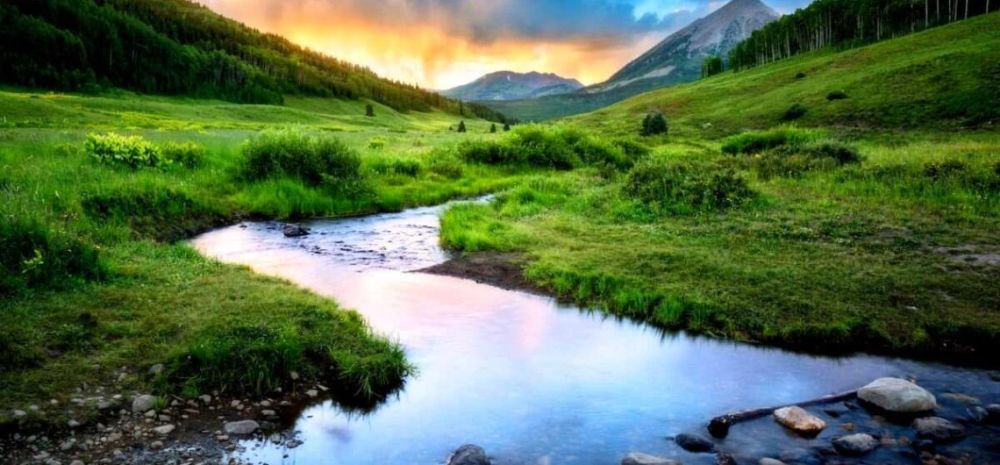

The pristine beauty of Ningle Nallah, a captivating stream situated in the breathtaking landscape of Gulmarg, Kashmir, has long captured the hearts of travelers. The history of tourism in this region is intertwined with the enchanting allure of its natural landscapes, which have drawn visitors from around the world for over a century.
The history of tourism in Gulmarg dates back to the 19th century when the British colonial rulers in India discovered the hill station as a summer retreat to escape the heat of the plains. The word Gulmarg means "meadow of flowers," aptly describing the lush green pastures sprinkled with colorful blooms during the summer months. Ningle Nallah, originating from the melting snow of the mighty Apharwat Peak, was among the numerous natural wonders that captivated early tourists.
By the early 20th century, Gulmarg had already established itself as a popular destination for British officials and affluent Indians. The establishment of exclusive clubs, golf courses, and the introduction of winter sports, including skiing, added to the allure of the region. The pristine snow-fed stream of Ningle Nallah, flanked by pine forests and verdant meadows, became a must-visit spot for those seeking tranquility and natural beauty.
Following India's independence in 1947, Gulmarg and places like Ningle Nallah caught the imagination of domestic travelers. However, the region's tourism industry faced challenges due to political uncertainties and periods of unrest in the latter half of the 20th century. Despite these challenges, the indomitable spirit of Kashmir's natural charm continued to attract intrepid travelers.
In recent years, there has been a resurgence of tourism in Gulmarg, with an emphasis on sustainable and experiential travel. Ningle Nallah remains a favorite for those interested in eco-tourism, offering opportunities for trout fishing, picnicking, and nature walks. Tourism trends have seen a shift towards off-beat and immersive experiences, with tourists seeking to connect with the local culture and landscape.
The Indian government and local authorities have taken numerous initiatives to boost tourism while preserving the fragile ecology of the region. Infrastructure developments, improved access to remote areas like Ningle Nallah, and the promotion of responsible tourism practices are at the forefront of these efforts. Adventure tourism has seen a spike, with trekking, and guided tours becoming increasingly popular amongst younger tourists.
Despite the vagaries of time and historical upheavals, Ningle Nallah stands as a timeless beacon of beauty in Gulmarg, continuing to enhance the region's tourism tapestry with its serene presence. Its history reflects the evolution of tourism in Kashmir from the colonial era to the present, embodying the resilience and enduring charm of this heavenly part of the Indian subcontinent.